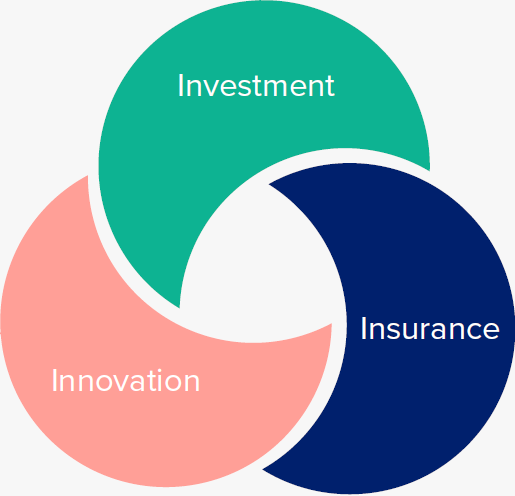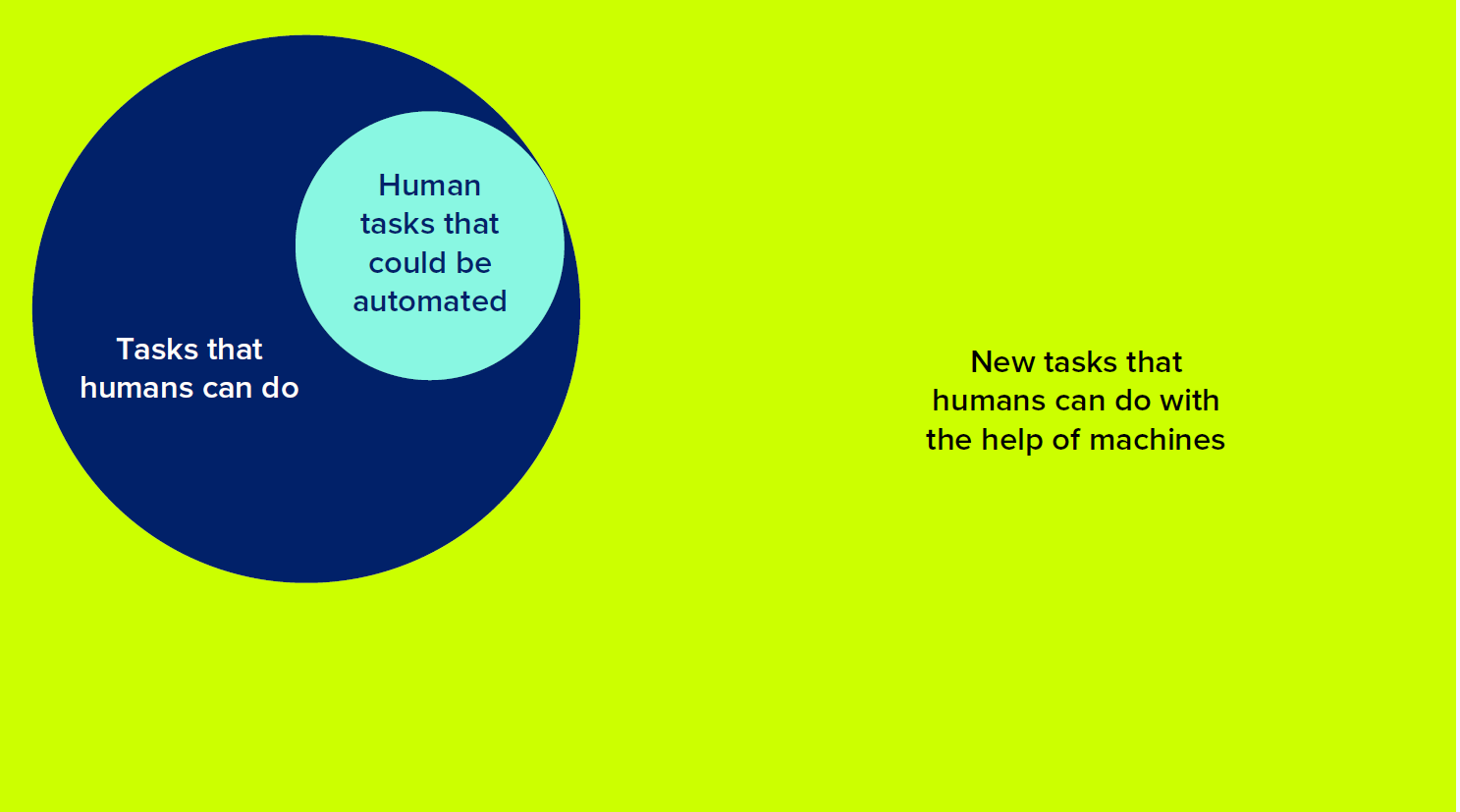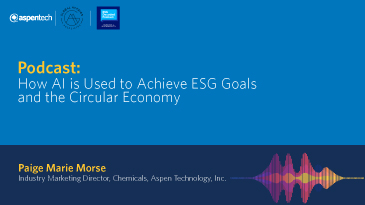The United Nations released its latest report on the status of Human Development across the globe in September. It may not be a surprise to learn that progress has stalled in recent years as the impact of global crises and local climate disasters has taken its toll. The global Human Development Index declined for the past two years, reversing the progress of the previous five years. Prior to this report, the Index was tracking steady, upward progress since its inception in 19901.
The challenge for industry leaders is to make progress despite ongoing external challenges. First, the COVID-19 pandemic, which the International Monetary Fund has described as “a crisis like no other,” created an unprecedented business environment in 2020 whose effects continue to linger. And just as some recovery was happening in markets, the second major shock of the conflict in Europe and associated energy and inflation impact has carried through to economies and businesses worldwide. The ongoing supply chain chaos has further exacerbated these effects.
These overlapping calamities have created a new uncertainty complex that permeates communities and businesses, says the United Nations Development Program (UNDP), requiring even stronger and more creative responses.
"The transformations in energy and materials required now . . . portend even more upheavals, which some believe to be as large as the shift from agricultural to industrial societies." - UNDP
Thankfully the outcome is not all doom and gloom, as the report recommends several processes and pathways to progress, highlighting “three I’s” as a means to chart a new course:
- Investment for future capabilities, from renewable energy to preparedness for pandemics
- Insurance to prepare our societies for the ups and downs of an uncertain world
- Innovation in technology, economics and culture to build capacities to respond to whatever challenges come next
The vital lessons and approaches discussed for these themes are targeted at policy activities, although they have relevance to the challenges being faced by companies in the process industries and the increasing importance of ESG reporting and performance.
Digitalization solutions are especially relevant for companies in the process industry as they respond to external drivers and target operational excellence to meet and deliver on sustainability goals. These three I’s provide a helpful framework for the activities needed for progress.
 |
Invest for the Future
As companies explore and scale new technologies for renewable energies, they need creative solutions to assess the development and economics of projects. For carbon capture and storage (CCS), risk modeling technologies offer the most practical and economically feasible options that align with specific carbon reduction goals. For example, industry leaders are using subsurface geophysical and geological modeling software to quickly determine the best reservoir targets for reliable, long-term carbon storage.
Valuable investment in the process industry goes beyond capital allocation to include building the skills of your labor force to ensure they are well-prepared for the safety, operational and reliability demands of current and future assets.
Insurance for operational resilience
Markets are undergoing significant volatility as communities and companies work through alternatives and uncertainties of the energy transition. Regional disparities in supply and energy options are creating unfamiliar and isolated conditions that significantly impact profitability and operational capabilities, and companies must be able to respond quickly.
“The trouble with the whole topic around climate and energy is that the world of energy is a very complex one, with many connecting parts,” explained TotalEnergies CEO, Patrick Pouyanné this summer. “Just look at the way that some politicians have only just discovered that the price of electricity is linked to the price of gas in Europe."2
Large price swings in feedstocks and products, as well as raw material availability, require flexibility in operations. Digital solutions provide visibility on emission and waste metrics, in addition to financial impact, and give operators the insight to respond to market shifts while staying within regulatory boundaries.
Supply chain solutions help companies optimize scheduling as customer and raw material needs vary, using alternative scenarios to define optimal outcomes to meet customer demand.
Innovate to address growing challenges
Many companies are working on new technologies to meet ambitious net zero targets over the next few decades. This work requires significant resources; both for research and development now and for capital allocation for new and revamped assets later.
Artificial intelligence offers significant improvement by enhancing human capabilities, not replacing, but instead, augmenting innovation strategies. This is particularly relevant for automated tasks that serve to improve technology developments, such as autonomous vehicles, medical diagnoses and inventory management.
 |
“In the United States, around 60 percent of people are now employed in occupations that did not exist in 1940. Expanding AI into the world of work could similarly generate new tasks, new occupations and new industries altogether.” – UNDP
Research efforts are accelerated using simulation capabilities to evaluate alternatives and reduce laboratory experiments (along with the related time and expenses). Accurate modeling is a crucial requirement to select the right processes to design the most energy-efficient and sustainable solutions and to include economic analysis at each stage. New synthetic biology techniques are enabling the fast development of targeted medicines and treatment therapies in the pharma industry, and new alternative energies that do not rely on fossil fuels.
New processes and products can then be more successfully scaled and duplicated using capital project solutions that integrate critical design and siting decisions early in the planning phase. This alignment and early timing also reduce project risk for engineering and cost management, helping to speed the scale-up and expansion of new processes.
As we look forward to the November COP27, the 27th Conference of Parties for the UN Framework on Climate Change, these observations and recommendations will be further discussed and reviewed by governments, NGOs and private companies in the weeks ahead. I am sure that digitalization will again emerge as an important enabler to push faster progress across the global industrial sector.
I must acknowledge one additional “I-word” that was wisely offered during the launch event for this report. UN Secretary-General’s Envoy on Youth, Jayathma Wickramanayake suggested that “Inclusion” must also be part of the equation to develop the future human capabilities. She advocated on the need to address issues that young people care about, issues that women and diverse communities advocate for, but are not part of the broader conversation. I agree — the collaboration of diverse minds and perspectives will be vital in delivering on aggressive climate targets that we have set for ourselves and now must achieve.
Upcoming webinars that discuss solutions for Sustainability:
- Digital Solutions for Advancing Circular Economy through Biorefining
- Carbon Removal at Scale – Direct Air Capture with Dynamic Process Modeling
Learn more about how digitalization can help you on your Sustainability journey:
- Digital Twins: Essential to Driving Sustainable Operations for Chemical Producers
- Sustainabilty Models: Optimize Innovation Pathways to Address your Sustainabilty Goals
- Podcast: How AI is Used to Achieve ESG Goals and the Circular Economy
[1] Human Development Report 2021-22, United Nations Development Program, 8 September 2022.
[2] The oil dealmaker: TotalEnergies’ Patrick Pouyanne is not backing down”, Financial Times 26 July 2022.
.png?h=250&w=975&la=en&hash=5979F69B8520C0F6EA0301E885E26BF7)



Leave A Comment